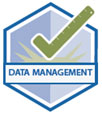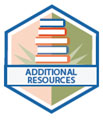
SWAMP IQ Chemistry
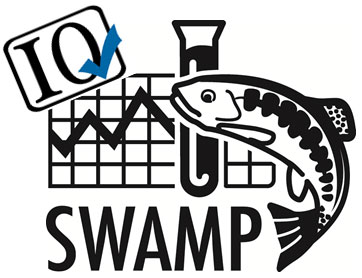
About Chemistry
Chemical contaminants are pollutants that get into our waterbodies from natural sources or human activity. Some of the most monitored chemicals in waterbodies are naturally occurring but may be at elevated levels due to human activities, including metals, nutrients, salts, and sediments. Synthetic chemicals are man-made chemicals that do not naturally occur in the environment, such as pesticides, industrial chemicals such as polycyclic biphenyls (PCBs), and pharmaceuticals. These chemicals have the potential to be toxic to aquatic organisms as well as humans. Sources of synthetic chemicals can be urban runoff, wastewater treatment plants, and agricultural runoff.
Chemistry data helps to evaluate the health of a waterbody by measuring contaminant levels in the water and sediment, and in many cases the concentrations measured can be compared to Water Quality Objectives or other thresholds to determine whether the chemicals may be impairing a beneficial use of the waterbody.
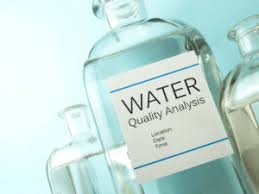
 Quality Assurance and Quality Control
Quality Assurance and Quality Control
The SWAMP Quality Assurance Program Plan establishes the overarching quality assurance requirements for collecting SWAMP data.
The SWAMP Measurement Quality Objectives (MQO’s) list the required quality control (QC) samples, acceptance criteria for QC results, and sample handling guidance for the program organized by analyte group.
 Data Management
Data Management
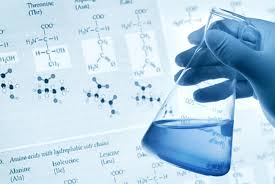
Data management is another vital component of ambient monitoring that incorporates QA measures such as uniform business rules and data review. These strategies ensure the usability of the data generated for a project.
Business Rules
Data management includes measures such as uniform business rules for reporting results and data review. These strategies ensure the usability and accessibility of the data generated for a project.
Learn more on the Data Management webpage.
 Additional Resources
Additional Resources
Benthic Chlorophyll a, Pheophytin & AFDM Conversion and Data Reporting - This document is used by water quality laboratories to convert water column (mass/volume) to benthic (mass/area) for benthic Chl a, Pheophytin and Ash-Free-Dry-Mass (AFDM) samples.
 Contact Us
Contact Us
For questions on these data types, please contact:
Chemical Pollutants
Please send comments and suggestions to the Office of Information Management and Analysis Help Desk: OIMA-Helpdesk@waterboards.ca.gov
Are you a SWAMP member? Click here for internal SWAMP IQ Center resources


